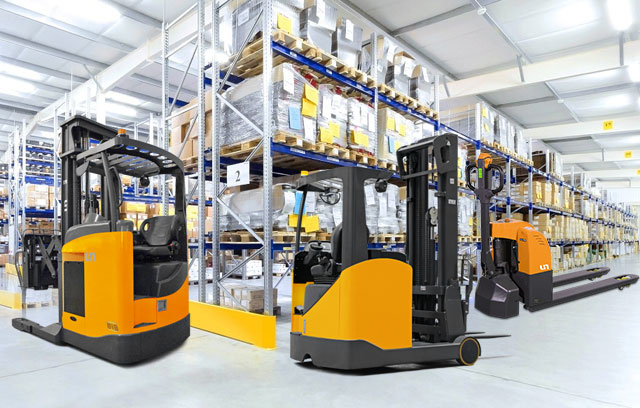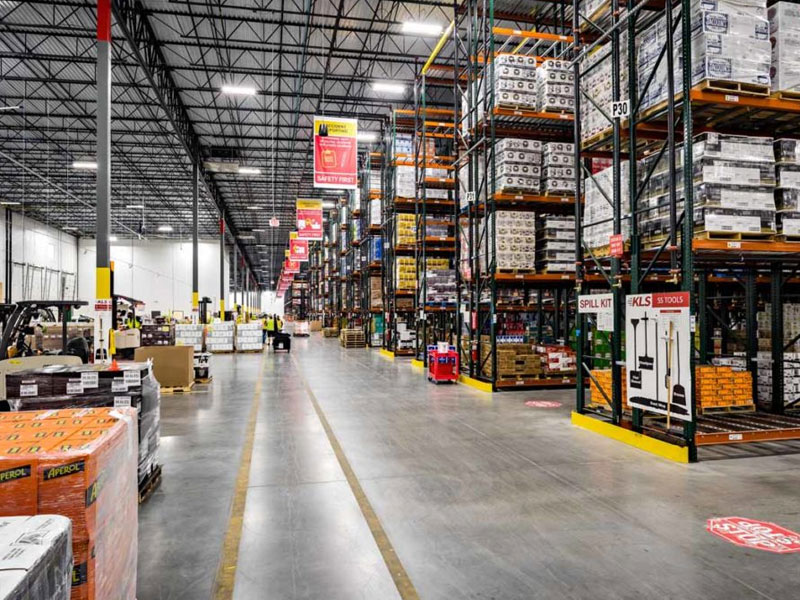The mast of a forklift truck is a critical component that supports the lifting mechanism and provides vertical movement for the forks or other attachments. The design of the mast and considerations for mast height and lifting height are essential factors in determining the forklift's capabilities and suitability for specific applications. Here's an overview:
Mast Design:
Types of Masts:
Forklifts can have different types of masts, including simplex, duplex, triplex, and quad masts. Each type has a varying number of stages (sections) that affect the lifting height.
Single-Stage (Simplex) Mast:
Simplex masts have one telescoping section and are suitable for applications with lower lifting requirements.
Two-Stage (Duplex) Mast:
Duplex masts consist of two telescoping sections, providing increased lifting height compared to simplex masts.
Three-Stage (Triplex) Mast:
Triplex masts have three telescoping sections, offering even greater lifting height and versatility.
Four-Stage (Quad) Mast:
Quad masts, with four telescoping sections, are designed for applications requiring extremely high lifting capabilities.
Free-Lift Mast:
Some forklifts have a free-lift mast that allows the forks to lift without extending the mast. This is beneficial when operating in low-clearance areas.
Full-Free-Lift Mast:
The full-free-lift mast design enables the forks to lift freely without any mast extension, providing maximum lift in confined spaces.
Considerations for Mast Height and Lifting Height:
Application Requirements:
The intended application and the types of loads to be handled play a crucial role in determining the required mast design and lifting height.
Warehouse Clearance:
Consider the height of the warehouse or storage facility where the forklift will operate to ensure that the mast height allows for efficient stacking and retrieval of materials.
Vertical Clearances:
Assess the vertical clearances, including doorways and low-hanging obstacles, to choose a mast height that allows for safe navigation within the operating environment.
Load Height and Weight:
The maximum load height and weight that the forklift will handle impact the choice of mast design. Ensure that the mast provides sufficient capacity for the loads in various lifting scenarios.
Reach and Overhead Guard:
Evaluate the reach required for loading and unloading. The mast design should also consider the height of the overhead guard to protect the operator.
Stability and Center of Gravity:
The mast's lifting height affects the forklift's stability. Consider the load center and the impact on the truck's center of gravity, especially at higher lifting heights.
Maneuverability:
Choose a mast height that balances lifting capabilities with maneuverability, ensuring the forklift can efficiently navigate through aisles and tight spaces.
Operator Visibility:
The mast design should not obstruct the operator's visibility, especially when handling loads at height. Consider features like clear-view or dual-mast designs for improved visibility.
Cost and Energy Efficiency:
Higher mast configurations may require more energy for lifting, impacting operational costs. Consider the trade-off between lifting height and energy efficiency.
Telescopic Options:
Some masts offer telescopic options, allowing for increased reach without extending the mast fully, providing versatility in various applications.
By carefully considering these factors, forklift operators and fleet managers can choose a mast design and lifting height that align with the specific needs and challenges of their material handling operations.











 中文简体
中文简体 عربى
عربى Español
Español














